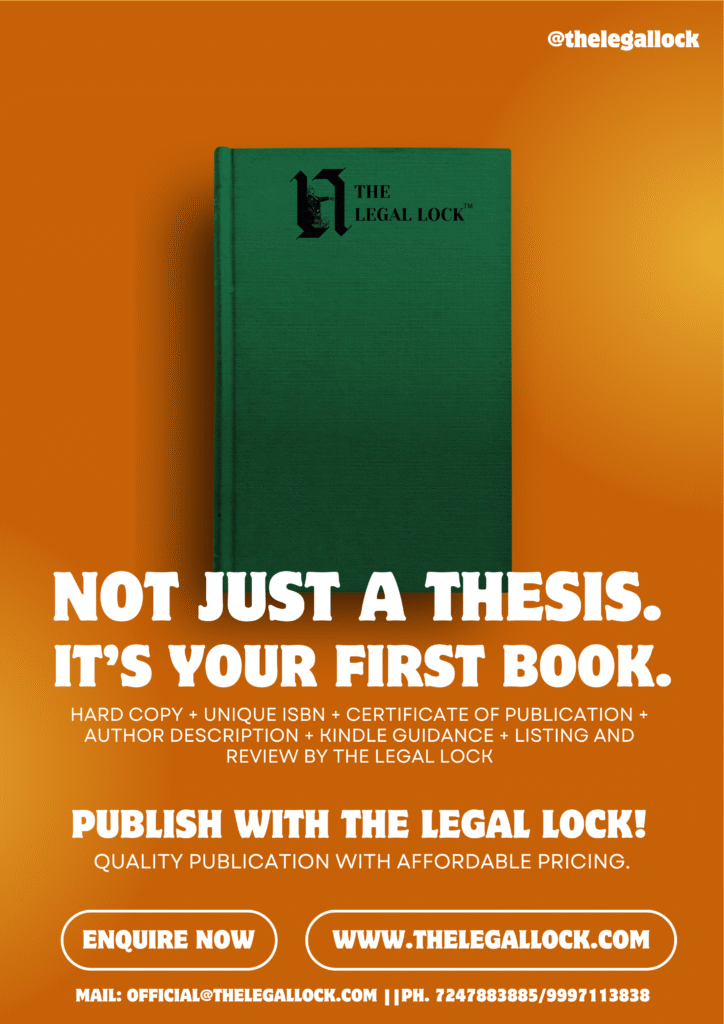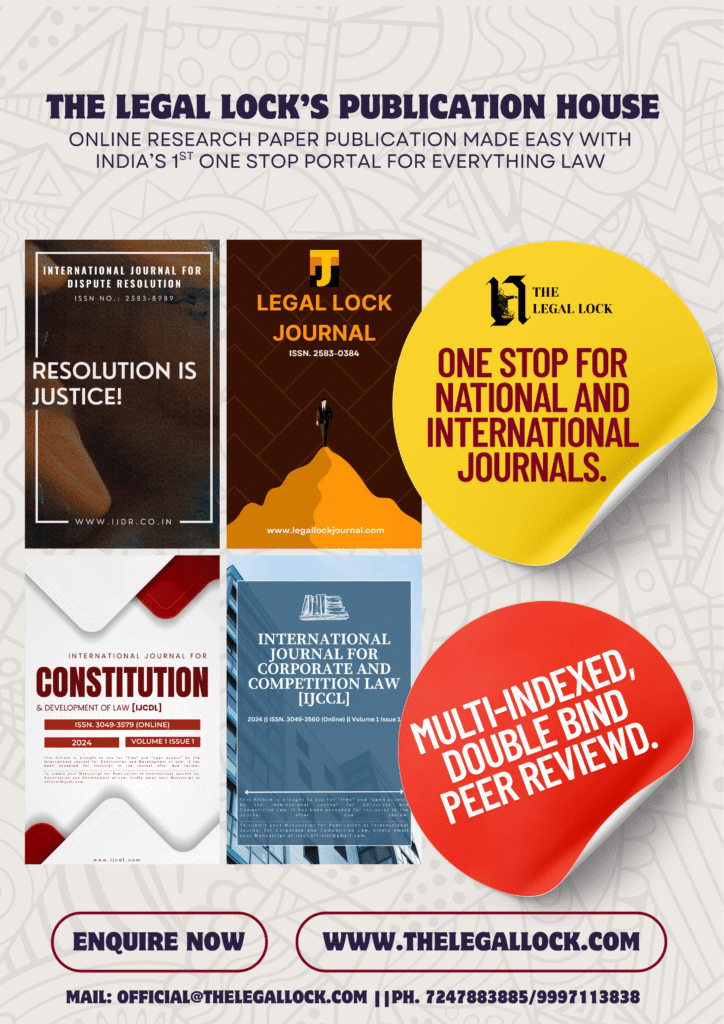CASE BRIEF: ARJUNSINGH VS THE STATE ON 15 NOVEMBER, 1957

| CASE NAME | Arjunsingh vs The State on 15 November, 1957 |
| CITATION | AIR1958RAJ347 |
| COURT | Rajasthan High Court – Jaipur |
| BENCH | D.S. Dave, J. |
| PETITIONER | Arjun Singh |
| RESPONDENT | The State |
| DECIDED ON | 15 November, 1957 |
INTRODUCTION
One of the rulings in Indian criminal law is Arjunsingh v. The State. Criminal culpability, evidence standards, and the interpretation of pertinent Indian Penal Code (IPC) sections were the main topics of discussion in this case. In essence, the case concerned Arjunsingh’s alleged criminal activities and the prosecution’s effort to prove his guilt beyond a reasonable doubt.
Examining witnesses and circumstantial evidence became one of the most important factors in this case because it was vital to the conclusion. The prosecution’s case was contested by the defense on a number of grounds, such as the absence of direct evidence, inconsistent investigation, and misleading implications. The court had to decide whether there was a reasonable doubt in favor of the accused or whether the evidence was sufficient to convict.
The ruling in this case reiterated the legal need for there to be convincing, convincing, and clear evidence in order to convict in a criminal case. Additionally, it established a standard for how instances involving circumstantial evidence are handled. Through the interpretation of procedure, the weight of the evidence to be heard, and the use of judicial discretion in reaching a verdict of guilt, it contributed to the body of knowledge on criminal matters, particularly those involving criminal trials.
FACTS OF THE CASE
Arjunsingh was accused of a crime under the Indian Penal Code (IPC), which led to significant criminal accusations against him in the 1957 case of Arjunsingh v. The State. According to the prosecution, the victim died or suffered severe injuries as a result of the accused’s violent crime. To establish Arjunsingh’s guilt, the case mostly relied on forensic results, witness depositions, and circumstantial evidence.
The charge sheet states that Arjunsingh was allegedly spotted near the crime scene on the day and hour of the occurrence. He and the victim had a previous argument, which would have given him motivation to conduct the crime. The prosecution’s allegations were supported by tangible evidence, including recovered weapons and forensic analysis of the scene.
ISSUES RAISED
- Whether the prosecution had proved the guilt of the accused beyond a reasonable doubt?
- Whether the circumstantial evidence was sufficient to sustain a conviction?
- Whether the accused had a valid alibi or had been falsely implicated?
ARGUMENTS FROM BOTH SIDES
Arguments on behalf of the petitioner
Arjun Singh, the petitioner, contested the prosecution’s case through his attorney, arguing that the evidence presented was insufficient to establish guilt beyond a reasonable doubt and was circumstantial. The defense argued that the accused should be acquitted since the entire case was based on speculation and assumptions rather than substantial evidence.
Additionally, the defense stressed that Arjunsingh was not directly connected to the crime by any means of proof. The case was based solely on circumstantial evidence because no eyewitness was called to testify that he had committed the crime. The defense argued that circumstantial evidence must contain a continuous and continuous sequence of events that can only result in the accused’s guilt in order for it to result in a conviction. However, there are a few sporadic pauses in the timeline that allow for skepticism and other possible interpretations.
He also argued that he had been wrongfully accused of having a personal grudge or some other hidden agenda. The defense noted that the credibility of a number of witnesses was called into question because it was discovered that they had a history of disagreements with the accused. Furthermore, the prosecution failed to provide a compelling reason for Arjunsingh’s criminal behavior. In response, the defense argued that the mere existence of motivation is insufficient to convict someone unless it is backed up by supporting evidence.
Arguments on behalf of the respondent
The prosecution maintained that criminal convictions might be founded on circumstantial evidence if it was solid, consistent, and only led to one viable conclusion—that of the accused’s guilt—while emphasizing that direct eyewitness testimony does not undermine the case. The prosecution also pointed to court rulings in which convictions in cases based solely on circumstantial evidence were upheld. In this instance, there was a solid foundation for proving the accused’s guilt due to his motivation, opportunity, and behavior both before and after the offense.
The State maintained that Arjunsingh’s motivation for committing the crime was obvious. Evidence indicating prior animosity and disputes between the victim and the offender was provided by the prosecution, suggesting a compelling motive for the offense. It was claimed that the victim had previously received threats from the accused, which the facts of the crime supported. The motives in these situations were considered more significant because they were clear and compelling in the particular case.
JUDGMENT
Before making its decision in the 1957 case of Arjunsingh vs. The State, the court carefully weighed the arguments made by the prosecution and the defense, as well as the evidence, witness statements, and established legal precedents. It concluded that although criminal defendants face a heavy burden, the prosecution must establish the accused’s guilt beyond a reasonable doubt. It acknowledged that if circumstantial evidence was solid, consistent, and left little room for a different judgment, it might be used as the foundation for conviction.
The court observed that although there were no direct eyewitnesses, the prosecution had shown a substantial body of circumstantial evidence that usually supported the accused’s guilt. Given the history of animosity between the victim and the accused, the motive for the crime was clearly established. Additionally, the prosecution’s case was strengthened by the discovery of tangible evidence, such as traces of forensic material linking the accused to the crime site. According to the court, the accused’s actions following the incident, including his attempts to evade arrest and his contradictory testimonies, also demonstrated a guilty conscience.
Nonetheless, the defense’s claims of irregularities in the witnesses’ testimony and procedural errors were taken into account by the court. The court noted that certain investigative shortcomings had raised some questions about the absolute reliability of the prosecution’s evidence, even if some minor disparities are inevitable in any case. Although there was insufficient evidence to support the accused’s alibi defense, it was still possible that other explanations might exist.
The court concluded that although there was substantial suspicion against Arjunsingh, suspicion by itself was insufficient to support a conviction after taking into account all relevant facts. The court chose to give the accused the benefit of the doubt because there was still some room for reasonable doubt in the case. Consequently, the prosecution’s case was dropped due to the lack of adequate evidence to establish Arjunsingh’s guilt beyond a reasonable doubt, and he was cleared of all charges.
The ruling further solidified the criminal jurisprudential principle that it is preferable for the guilty to go free from punishment than for an innocent person to be wrongfully convicted. Additionally, it requested that law enforcement organizations further streamline their investigations and maintain a higher level of procedural integrity in cases to come.
ANALYSIS & CONCLUSION
The case of Arjunsingh vs. The State (1957) highlights the fundamental principles of criminal jurisprudence, which call for proof of guilt beyond a reasonable doubt. The prosecution was unable to dispel any reasonable doubt regarding the accused’s involvement in the crime despite the case’s strong circumstantial evidence. The court underlined that circumstantial evidence must constitute an uninterrupted and whole chain that leads to just one conclusion: the accused’s guilt. However, in this instance, the prosecution’s assertions were left unclear due to a lack of concrete proof, errors in procedure, and inconsistent witness accounts.
The ruling further reaffirmed the significance of the presumption of innocence by declaring that suspicion—no matter how strong—cannot be used in place of actual evidence. Since the court decided that it is preferable for a guilty person to go free than for an innocent person to be wrongfully convicted, Arjunsingh was given the benefit of the doubt and was acquitted.
Furthermore, the case serves as a reminder that law enforcement, including the police, should be able to conduct an impartial and proper inquiry without allowing procedural or investigative errors to weaken compelling claims. In order to remind people that justice must be done and seen to be done, the ruling reminds the judiciary of its responsibility to advance justice while protecting the rights of the accusers.







